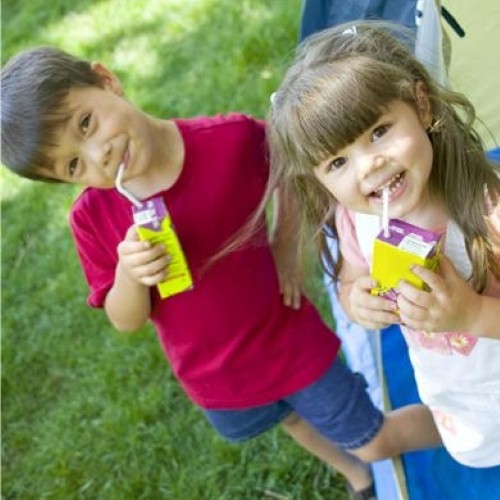When a small business is evaluating a target demographic for promotional products, it often decides to approach office workers and other employees who are firmly entrenched in the adult world. After all, these individuals are the ones who have the financial capital necessary to invest in a corporation’s services. However, one age group that is often entirely overlooked are children.
The reasoning behind this is simple – though children will not be purchasing equipment or managing a portfolio, they have parents who perform this task. A toy that is branded with a company logo will find its way into the home of a person who might have a use for the corporation highlighted by promotional advertising. If a small business decides to embark on this uncommon path to increased business, there are a few guidelines the marketing department should consider when using promotional products.
Remember promotional items will be in the hands of children
There is a reason why the government has age ratings on certain toys and games. The American Society for Testing and Manufacturing (ASTM) created a federal mandate that all current and new toys must adhere to. This includes engineering specifications to prevent choking, cutting and other dangers that could potentially harm a child. The ASTM F963-11 is the latest standard that has been certified, so a company must make sure that promotional toys are in full compliance with this law.
Therefore, games and toys with small, detachable pieces should be avoided due to the choking hazard they present. Also, any sort of magnet or other electronic device should not be used due to the toxic properties of these technologies. Promotional products should also include information on what to do in the case of an emergency, which can mean the difference in an unexpected situation.
Keep messages short and appropriate
Another thing to remember is that both parents and children will be exposed to a brand image or message. Thus, the branding that occurs on business gifts needs to be appropriate for all ages. Avoid language that could be misconstrued, and make sure that any mascot is kid-friendly.
For example, look at the logo for Toys R Us. Geoffrey the Giraffe has been around since the 1960s, and is a neutral, smiling animal that creates no animosity or controversy. Small businesses that are giving out promotional tools should consider adopting such a mascot for their marketing purposes.

